Top speed 222 km/h Length 5.84 m | Wingspan 15 m First flight April 1973 | |
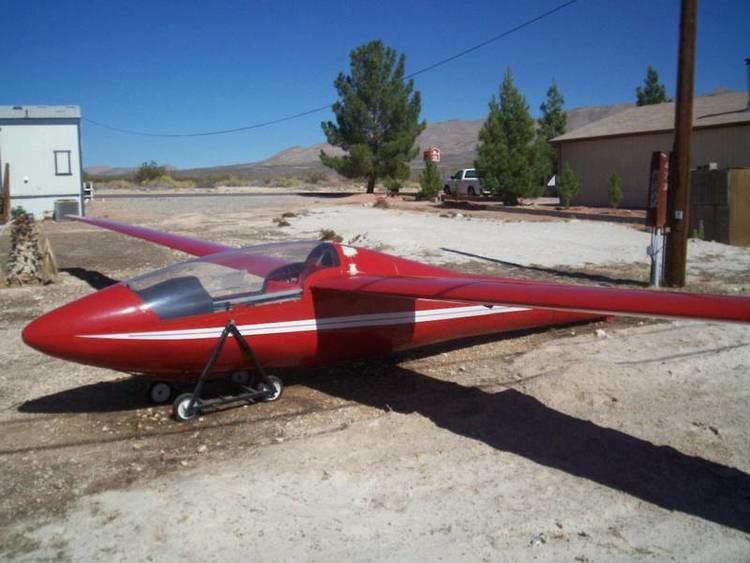 | ||
Thermaling with schweizer sgs 1 35 wmv
The Schweizer SGS 1-35 is a United States 15 Meter Class, single-seat, mid-wing glider built by Schweizer Aircraft of Elmira, New York.
Contents
- Thermaling with schweizer sgs 1 35 wmv
- Background
- Development
- Variants
- Competition use
- In service
- Museum aircraft
- Specifications
- References
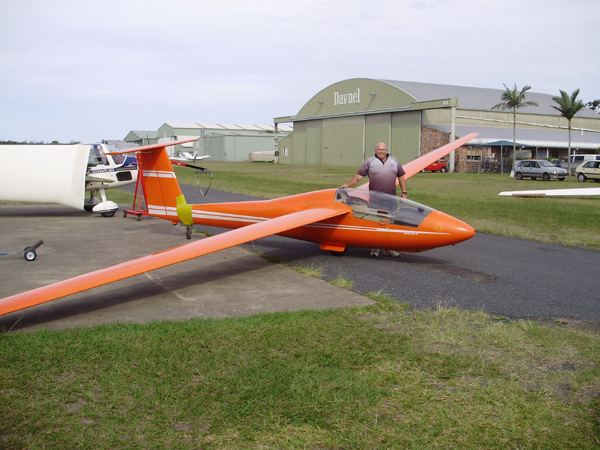
The 1-35 was first flown in 1973 and a total of 101 were completed by the time production was completed in 1982.

Background

By the early 1970s competition in the open, standard and 15 meter classes was dominated by fiberglass sailplanes. Schweizer Aircraft evaluated the use of fiberglass for sailplane construction but rejected it for several reasons:
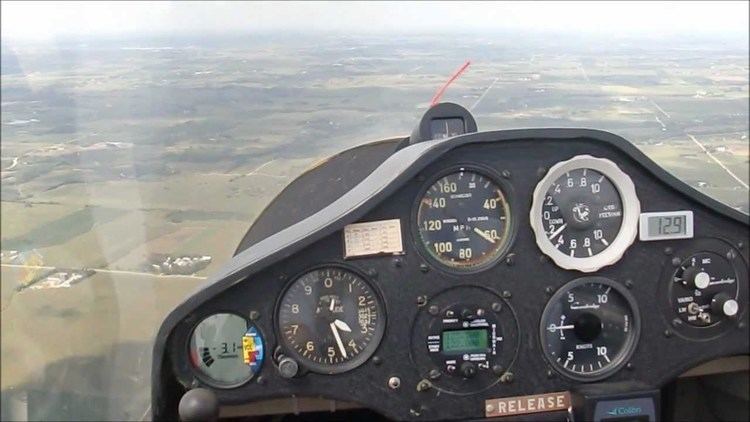
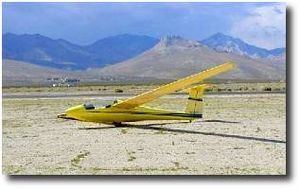
The company believed that it could get equivalent performance to fiberglass from the material that it knew best, aluminum. Experiments with the laminar flow wing Schweizer SGS 1-29 in the late 1950s had shown that there was laminar flow potential in metal wings.
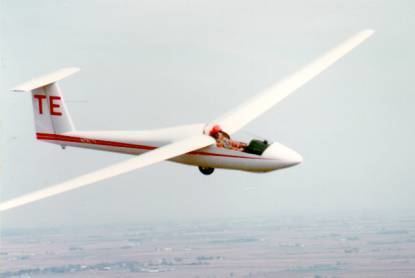
One of factors that convinced the company that there was a market for a US-made competition sailplane was the great loss of value of the United States Dollar in the early 1970s which had made European sailplanes prohibitively expensive to US buyers.
Development
Schweizer Aircraft started construction of the 1-35 prototype in late 1972 and it first flew in April 1973. The company carried out side-by-side comparisons with fiberglass sailplanes as part of 50 hours of flight evaluations before making the decision to proceed with manufacturing the design on 10 May 1973.
The 1-35 is an all-metal aircraft with a monocoque fuselage. The wing has a single spar and the stressed skin features multi-stringers for stiffness, to best retain airfoil shape and laminar flow. The aircraft's elevator and rudder are fabric covered. The 1-35 carries 320 lb (145 kg) of water ballast in two wing tanks.
Because the 15 Metre Class allows flaps, the SGS 1-35 is equipped with plain flaps that can be selected from −8 to +32 degrees for soaring and inter-thermal speed and +32 to +82 degrees for landing.
The 1-35 received type certificate G4EA on 25 April 1974.
The type certificate is currently held by K & L Soaring of Cayuta, New York. K & L Soaring now provides all parts and support for the Schweizer line of sailplanes.
Variants
The original 1-35 model has water ballast and retractable landing gear
The "A" model incorporated several minor changes, including a sharper nosecone but retained the water ballast and retractable landing gear of the 1-35.
There was no 1-35B model
The "C" stood for "Club" as this model was intended to be a high-performance sailplane for recreational, as opposed to competition, flying. It was designed to appeal to private owners, commercial rental operations and gliding clubs. The "C" has fixed landing gear and no provisions for water ballast.
Competition use
The 1-35 was only competitive for a very short period of time in the early 1970s before European sailplanes such as the Schempp-Hirth Mini-Nimbus and the Glasflügel Mosquito, both introduced in 1976, out-classed it. The metal wing, while of good quality construction, just could not be made to hold an airfoil profile to the same accuracy as a fiberglass wing.
The SGS 1-35 would mark the last attempt by the company to produce a competition sailplane.
The 1-35 quickly found a home as a club and personal glider and, other than in national or world-class competition, has proved popular due to its rugged metal airframe and aesthetic appeal.
In service
In May 2008 there were still 81 1-35s registered in the USA including:
There are also five SGS 1-35s registered in Canada.
Museum aircraft
The prototype SGS 1-35, N17900 is on display in the National Soaring Museum.
Specifications
General characteristics
Performance
